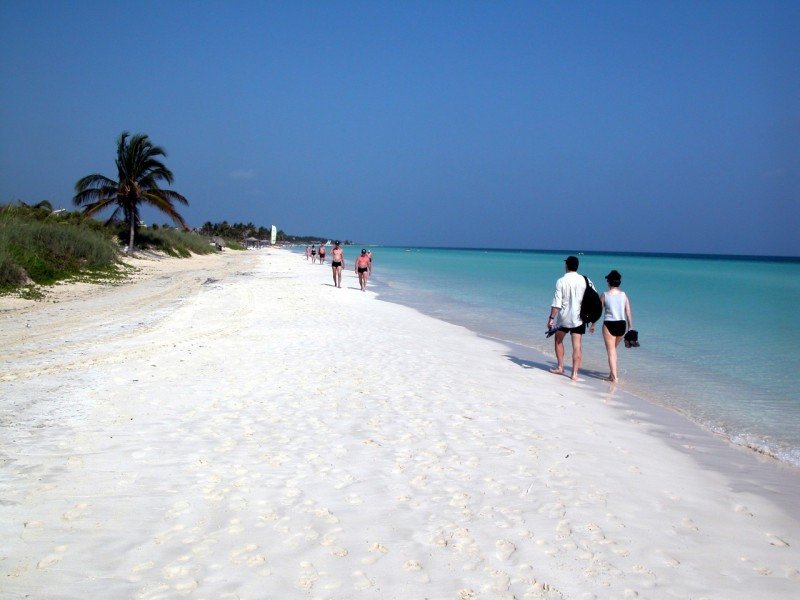By Carlos Gonzalez Ruiz
Jardines del Rey, is the largest and most numerous of the four archipelagos that surround the island of Cuba. It is embraced in its northern portion by a barrier of coral reefs over 400 kilometers long, considered among the most important on the planet together with the Great Australian Barrier Reef and the Great Mesoamerican Reef.
The place name Jardines del Rey was given to it with the Spanish colonization, when Diego Velázquez de Cuéllar, in 1514, baptized it in honor of its dazzling natural beauty and the then King of Spain, Fernando, the Catholic; According to the chroniclers of the time, that was his response to Admiral Christopher Columbus, who had already done the same with one of the southern Cuban archipelagos, naming it Jardines de la Reina, in veneration of Isabel de Castilla.
In times prior to the Spanish conquest, the keys and islands of Jardines del Rey were fishing sites for the first insular inhabitants, although, according to studies carried out, they did not reside there, presumably due to the scarcity of drinking water.
Its beaches, exceptionally beautiful, have an extension close to 150 km, of which those corresponding to Pilar, in Cayo Guillermo, stand out for the height of its dune, considered the largest in the insular Caribbean with 15 meters above average sea level. .
The vegetation of the area, adapted to withstand the conditions of strong sun, soil with little organic components and a high content of salts, nevertheless presents different types of forests, which in their entirety come to occupy 60% of the area of the keys. .
The great variety of existing habitats conditions a wide diversity of flora and fauna, which harbors a high level of endemism, which places the area among the richest in biodiversity in Cuba and the Caribbean. 101 families are reported – more than half of the families known in the flora of Cuba -, 380 genera and 708 species, of which 126 are endemic, 12 of them with restricted distribution.
Within this large geographical area, the tourist destination Jardines del Rey stands out, made up of Coco, Guillermo and Paredón Grande keys, where the hand of man has linked them by a causeway that offers the possibility of visiting the beautiful hotel and non-hotel facilities, surrounded by beaches with transparent waters.

